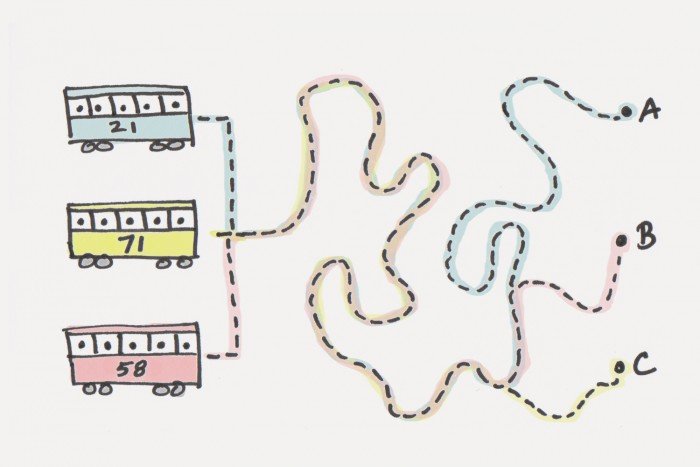In June 2004, Arno Rafael Minkkinen stepped onto the stage at the New England School of Photography, ready to address a room full of hopeful graduates. In his commencement speech, he offered a deceptively simple yet profoundly impactful metaphor that has since resonated with creators across disciplines: The Helsinki Bus Station Theory.
Minkkinen, a native of Helsinki, Finland, began by painting a vivid picture of the city’s central bus station. This bustling hub features around two dozen platforms, each sending out buses along routes that, for the first kilometer or so, follow the same roads, making the same stops. However, as the journey continues, the routes begin to diverge, each bus veering toward its unique destination.
Using this metaphor, Minkkinen explained the creative journey. Imagine that each bus stop represents one year of work in a creative field. For instance, a photographer might spend three years developing a particular style, only to present it to galleries and hear, “Haven’t you seen the work of so-and-so?” Discouraged, they abandon their efforts, return to the bus station, and choose a new platform, a new style, only to face similar comparisons down the road.
This cycle of starting anew, Minkkinen argued, is where many creators falter. The critical piece of advice he offered was both simple and powerful: “Stay on the bus.”
The longer one remains on a particular creative path, the more that path diverges from others. While initial efforts may resemble existing work, persistence allows for the development of a unique voice. Over time, what began as imitation evolves into innovation. The initial influences that once overshadowed one’s work become part of a larger, distinct body of art that bears the unmistakable mark of personal vision.
James Clear, known for his insights on mastery and habit formation, expands on Minkkinen’s idea. He frequently emphasizes that true mastery is not about sheer repetition but about deliberate practice and refinement. It’s not enough to simply put in the hours; one must continually rework and improve.
Consider the college student who has spent over 10,000 hours in classrooms. Despite the time invested, mastery of learning does not necessarily follow because much of that time lacks deliberate revision. Or take the office worker who has written countless emails over the years but may not possess the skill to write a compelling novel. The same principle applies to fitness enthusiasts who frequent the gym for years without achieving elite levels of strength or athleticism.
The distinguishing factor is revision—the act of reworking, refining, and striving for improvement. While many people accumulate vast amounts of experience, few engage in the kind of focused re-work that leads to excellence. In the Helsinki Bus Station metaphor, this is the difference between repeatedly switching buses and staying on one route long enough to see it reach its unique destination.
Malcolm Gladwell’s popularization of the 10,000 Hour Rule in his book Outliers suggests that expertise requires 10,000 hours of practice. However, Clear points out that it’s not just any practice, but deliberate, focused revision that truly leads to mastery. Simply logging hours isn’t sufficient. It’s the conscious, repeated effort to critique and refine one’s work that makes the difference.
The Helsinki Bus Station Theory offers a compelling lens through which to view the creative struggle. In every field—whether you’re an artist, writer, engineer, nurse, or entrepreneur—the temptation to abandon a difficult path and seek a seemingly easier or more original one is constant. Each failure, each critique, can feel like a signal to start over. But true innovation often lies just beyond these moments of doubt.
Choosing a path is itself a challenge. No one can definitively tell you which bus to take, which craft to pursue, or which story to tell. The decision rests entirely with you. But once that choice is made, the key to meaningful, unique, and impactful work is commitment. Stay on the bus. Embrace the grind of revision. Let your vision evolve through persistence.
In the end, your body of work will reflect not only your initial influences but your unique journey. Early imitations, breakthroughs, failures, and final masterpieces will collectively bear the stamp of your dedication. And it is that dedication—the willingness to stay on the bus—that transforms ordinary effort into extraordinary achievement.





